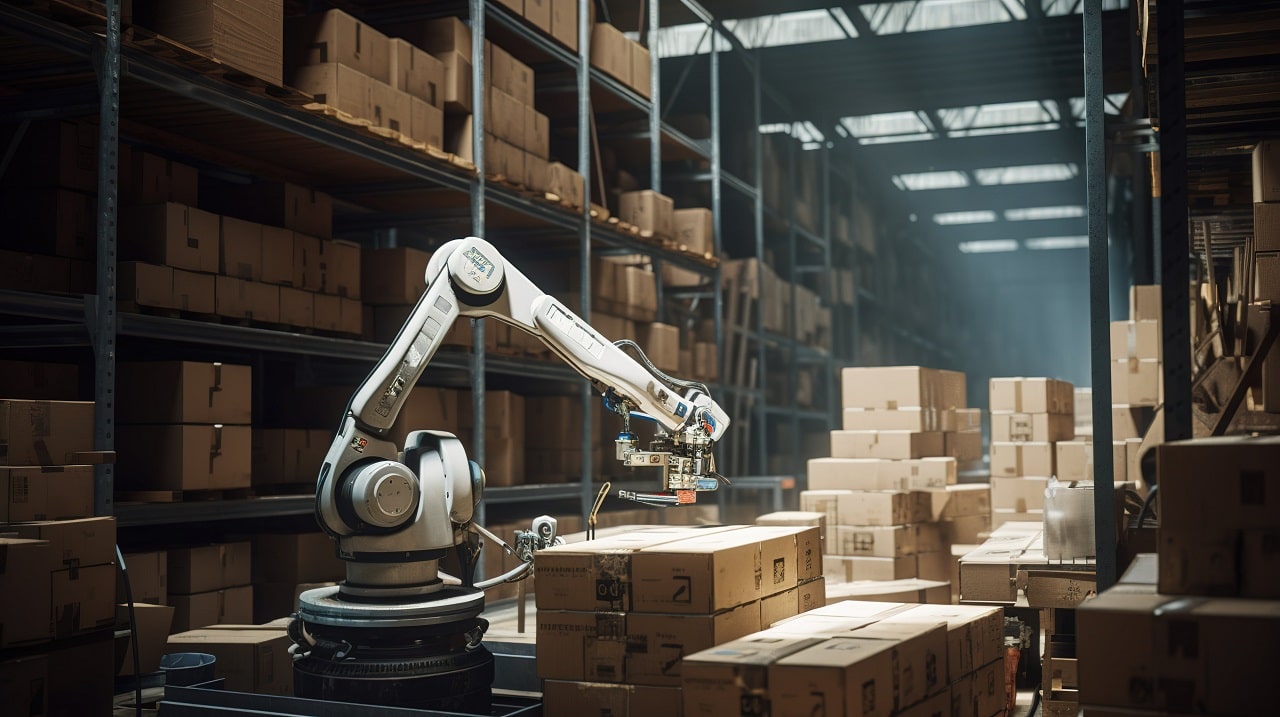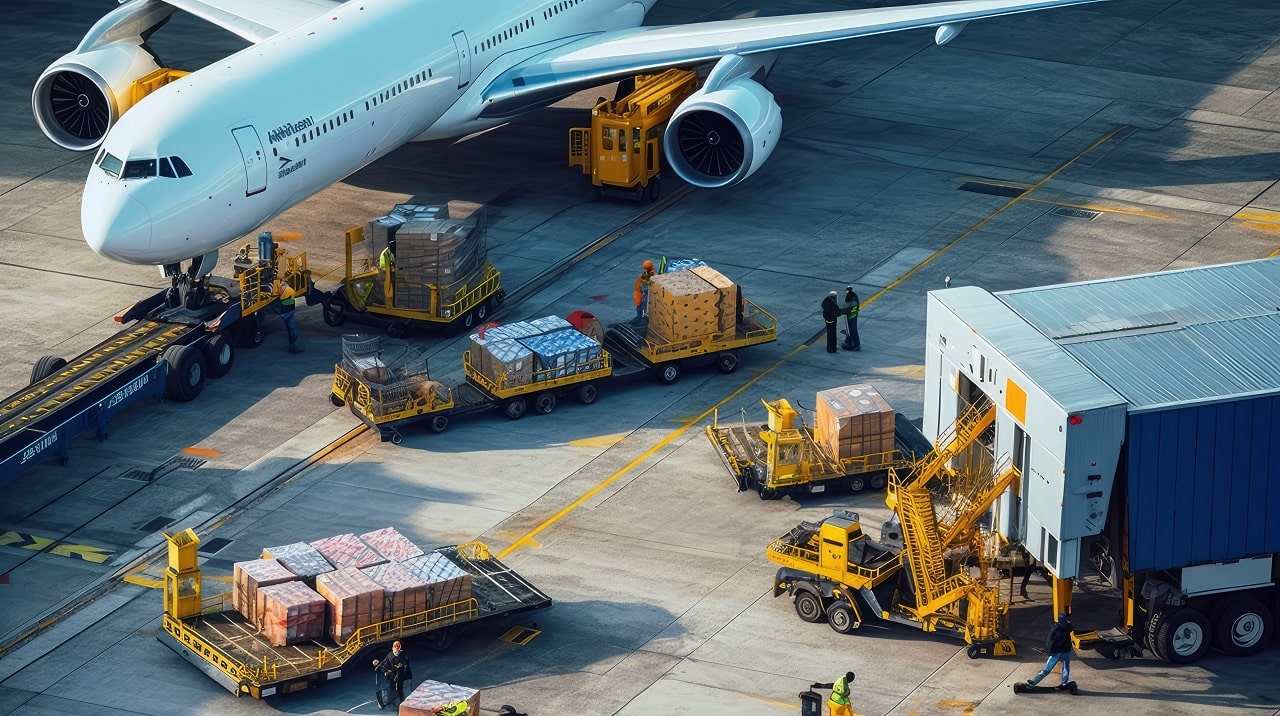What are the key issues in the transport & logistics sector?
1. Cost explosion
For transportation companies, labour costs are the most significant expense. Due to labour shortages and inflation, the cost of labour has risen sharply. Can other costs, such as fuel, fall again over time? With wages, this is not likely to be the case; they remain high and only get higher. Fortunately, the European Mobility Package is in place (regulations from Brussels), which has curbed unfair competition with cheap Eastern European drivers.
Besides wages, fuel prices are crucial for carriers (and especially for road haulage). One-fifth of costs are determined by fuel. While it's true that energy and fuel prices have normalised slightly, they remain high. The industry will not get rid of expensive diesel so easily.
2. Personnel shortage
The industry is struggling with underqualified personnel in many parts of the world. Not only is there a shortage of truck drivers, but also of warehouse workers. This can slow down operations and increase costs. Perhaps with technological innovations (AI solutions and robotization), specific tasks in logistics handling can be further automated. Think administration and warehouse work. This creates space for available staff to perform other tasks.
With emerging digitalisation, there is also a need for other professionals. Desired knowledge and skills change. Dealing with data and online systems is becoming increasingly important. This applies in all areas, from planning and purchasing to quality and inventory management. Robots also increasingly need to be operated. Indeed, in handling the logistics process, the use of robotics is becoming more and more usual. This robotization will continue to grow. The duties of warehouse and port workers are changing as a result. Qualified personnel are increasingly needed to keep the robots functioning optimally.
3. High interest rates
We briefly explain some of the subsectors:
Public transportation
Public transportation is almost back to pre-corona levels, although travel patterns have changed.
Business travel by train is down, while leisure travel has increased.
Courier services & E-commerce
What should you look out for when working in this sector?
- Stricter environmental regulations
Pressure is growing from society to reduce CO2 emissions. Transport & logistics accounts for a quarter of global CO2 emissions. Carriers cannot avoid the green transition. Additional investment will be needed to achieve green trucks, ships and aircraft (electrification). But it won't be easy. For example, the likelihood of larger battery- or hydrogen-powered passenger aircraft flying by 2030 seems slim.
By 2050, the EU wants to be climate-neutral. According to European Commission plans, emissions from new trucks should drop 45 percent by the end of the current decade. By 2040, it should reach 90 percent, allowing only electric trucks to enter the market. By 2025, about 3 percent of newly sold trucks are expected to be electrically powered. Sector-wide, sustainability will have to be addressed. Also, with the advent of more and more zero-emission zones. - The Role of technology
Whether solving workforce shortages or optimising supply chains, the role of modern technology is crucial. Consider the application of IoT (Internet of Things), blockchain and advanced analytics to optimise processes, improve efficiency and reduce costs. Thanks to new technologies, parties in supply chains (e.g., shippers, carriers and forwarders) are increasingly interconnected, allowing businesses to handle disruptions in the chain more flexibly and efficiently. Faster intervention is, therefore, possible. Especially in highly competitive markets, this can be a decisive advantage.
New systems should also address customer requests for transparency and real-time visibility of their shipments. - Cooperation and economies of scale
There is increasing collaboration within the industry for cost reasons and to meet the increasing needs and requirements of customers and governments. Both in the field of transportation and logistics handling. Consider organising and purchasing transportation together, joint use of distribution centres, and collective investment in digital systems and databases.
In addition to increasing collaboration, we also see economies of scale continue. Global services can be organised more directly by taking over fellow transport companies elsewhere in the world. Cost efficiency also plays into this, of course. - Increasing in the number of bankruptcies
Allianz Trade expects global insolvencies to increase by 21% by 2023. There has also been a marked increase in trade and transportation & logistics sectors. High costs put pressure on margins and make it increasingly challenging to stay afloat. Added to this is the fact that many small carriers drive in subcontracts for more prominent players. These smallest ones are the first to perish when things get worse in the industry.
When the economy is down, businesses get each other into trouble. Cash flow comes under pressure as many businesses wait longer to pay their invoices. This creates a domino effect: one company infects another. With the logical consequence that the probability of default of payment and bankruptcy increases. Even healthy companies can be affected.
How can transportation companies protect themselves from non-payment risk?





